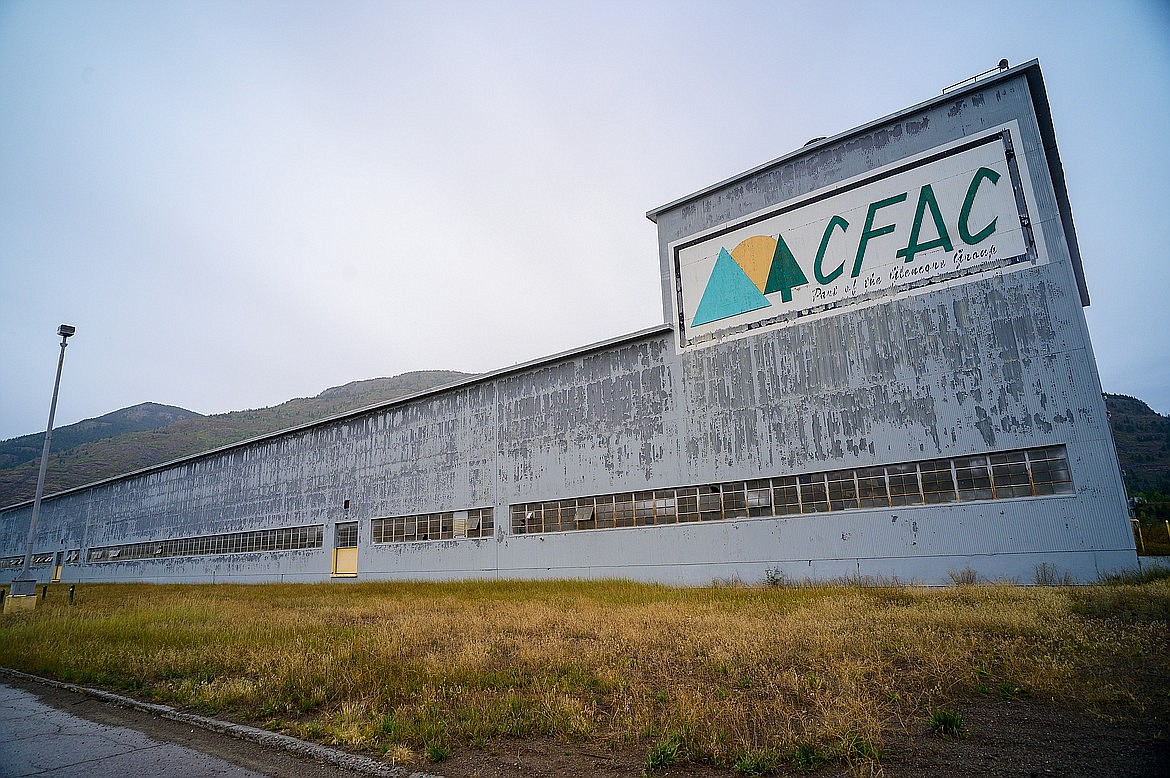Judge rules ARCO responsible for 35% of Columbia Falls aluminum plant cleanup
A federal judge has ruled the the Atlantic Richfield Co. is at least partially responsible for the cleanup of the former Columbia Falls Aluminum Co. site just north of Columbia Falls.
In a 158-page findings of fact and conclusion of law, Missoula District Court Judge Donald Molloy ruled that ARCO is responsible for 35% of future cleanup costs and about $4.3 million in costs the Columbia Falls Aluminum Co. has spent to date.
CFAC claims it already has spent about $22 million, but Molloy disallowed a significant amount of that.
CFAC sued ARCO under the Comprehensive Environmental Response, Compensation and Liability Act, also known as the Superfund law, claiming ARCO was responsible for the bulk of the pollution at the now defunct plant.
The suit is allowed under the Superfund law, as companies can seek compensation from other potentially responsible parties.
Molloy agreed with CFAC’s premise in part, but he also noted that CFAC was just, if not more culpable, since it knew groundwater at the site was contaminated with cyanide and fluoride for more than 35 years, but did little about it, while it still ran the plant and made a significant profit.
The lawsuit, which came to a head at a two-week bench trial earlier this summer, was a battle between industry giants. CFAC’s parent company is commodity giant Glencore, and British Petroleum is the parent company of ARCO.
CFAC earlier this year released a plan to consolidate and contain waste at the plant through the use of a “slurry wall” that would contain waste leaking out of old landfills, dumps and ponds. That plan has a price tag of about $57 million.
The cleanup costs are a fraction of what it’s estimated the companies made when they owned the plant.
The plant has a long history in Columbia Falls. It was first built by the Anaconda Aluminum Co. and began production in 1955. ARCO bought it in 1978 and ran it until 1985.
It sold the plant for $1 to investors as ARCO expected the plant to not only lose money, but also would cost about $7 million to shut it down. Instead, the new Columbia Falls Aluminum Co. made money — millions upon millions.
Over the years, all the owners dumped waste at the plant. From 1960 to 1980, ARCO dumped about 129,000 to 135,000 pounds of spent potliner alone in unlined landfills at the plant.
But, Molloy noted that at the time, most industrial landfills were unlined and spent potliner for years wasn’t considered hazardous waste.
Over several years in the late 1980s and in the early 1990s, CFAC disposed of about 1 million gallons of leachate from a leaking landfill at the site into unlined ponds. One of the landfills would start leaking water when it got wet in the spring, spewing the leachate.
The company also knew years ago that cyanide and fluoride was seeping into the Flathead River from the site. Rather than try to clean it up, it obtained a permit from the state for ponds along the Flathead River to contain the seeps before they entered the river.
Those ponds were inundated by floodwaters over the past several years. The ponds have since been removed by the company, a job that was just recently completed.
ARCO CLAIMED it shouldn’t have to share the cost of any of the cleanup as there was an indemnity clause in the 1985 buy-sell agreement that absolved it from any liability five years after the 1985 sale.
Judge Molloy, however, disagreed, at least in part, noting the clause did not include statutory requirements such as the Superfund law.
Both companies profited from the plant. ARCO expert witness David Hall, an accounting and financial expert, opined at trial that ARCO, over the life of its ownership, expended about $1.1 billion on the plant but gained about $565 million.
CFAC, meanwhile, spent about $95 million and made $1.1 billion, he said.
ARCO’s investment (Anaconda Aluminum Co.) included expanding the plant and its capacity several times over its lifespan.
CFAC’s big profit came in 2001-2002 during the West Coast energy crisis, where it made $659 million selling electricity back to the open market — power that it had purchased from the Bonneville Power Administration at a far reduced rate. Molloy said it wasn’t appropriate to consider those sales in assessing CFAC’s economic benefit during its operation of the site.
Still, the total profit the plant made over the course of CFAC’s ownership, power sales aside, was about $279 million, or a relative financial benefit of 33%, Molloy noted.


